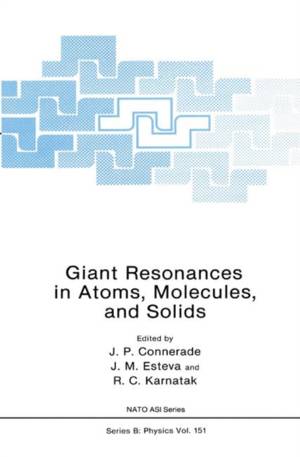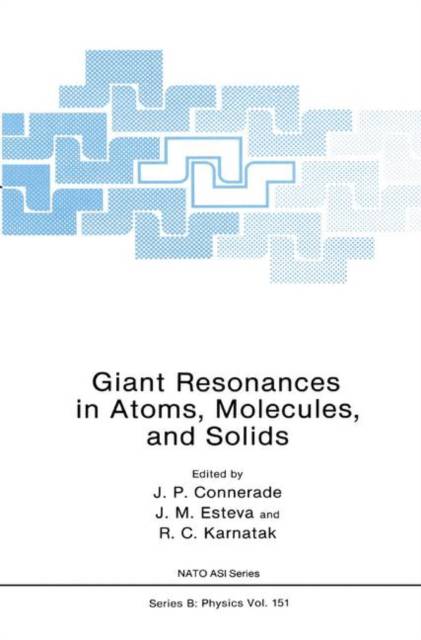
Door een staking bij bpost kan je online bestelling op dit moment iets langer onderweg zijn dan voorzien. Dringend iets nodig? Onze winkels ontvangen jou met open armen!
- Afhalen na 1 uur in een winkel met voorraad
- Gratis thuislevering in België vanaf € 30
- Ruim aanbod met 7 miljoen producten
Door een staking bij bpost kan je online bestelling op dit moment iets langer onderweg zijn dan voorzien. Dringend iets nodig? Onze winkels ontvangen jou met open armen!
- Afhalen na 1 uur in een winkel met voorraad
- Gratis thuislevering in België vanaf € 30
- Ruim aanbod met 7 miljoen producten
Zoeken
€ 223,95
+ 447 punten
Uitvoering
Omschrijving
Often, a new area of science grows at the confines between recognised subject divisions, drawing upon techniques and intellectual perspectives from a diversity of fields. Such growth can remain unnoticed at first, until a characteristic fami ly of effects, described by appropriate key words, has developed, at which point a distinct subject is born. Such is very much the case with atomic 'giant resonances'. For a start, their name itself was borrowed from the field of nuclear collective resonances. The energy range in which they occur, at the juncture of the extreme UV and the soft X-rays, remains to this day a meeting point of two different experimental techniques: the grating and the crystal spectrometer. The impetus of synchrotron spectroscopy also played a large part in developing novel methods, described by many acronyms, which are used to study 'giant resonances' today. Finally, although we have described them as 'atomic' to differentiate them from their counterparts in Nuclear Physics, their occurrence on atomic sites does not inhibit their existence in molecules and solids. In fact, 'giant resonances' provide a new unifying theme, cutting accross some of the traditional scientific boundaries. After much separate development, the spectroscopies of the atom in various environments can meet afresh around this theme of common interest. Centrifugal barrier effects and 'giant resonances' proper emerged almost simultaneously in the late 1960's from two widely separated areas of physics, namely the study of free atoms and of condensed matter.
Specificaties
Betrokkenen
- Auteur(s):
- Uitgeverij:
Inhoud
- Aantal bladzijden:
- 570
- Taal:
- Engels
- Reeks:
- Reeksnummer:
- nr. 151
Eigenschappen
- Productcode (EAN):
- 9781489920065
- Verschijningsdatum:
- 28/11/2013
- Uitvoering:
- Paperback
- Formaat:
- Trade paperback (VS)
- Afmetingen:
- 156 mm x 234 mm
- Gewicht:
- 807 g

Alleen bij Standaard Boekhandel
+ 447 punten op je klantenkaart van Standaard Boekhandel
Beoordelingen
We publiceren alleen reviews die voldoen aan de voorwaarden voor reviews. Bekijk onze voorwaarden voor reviews.











